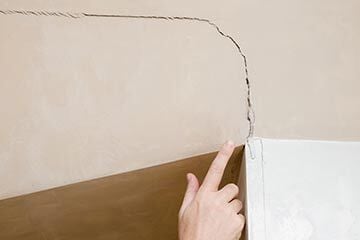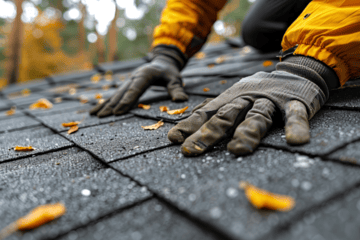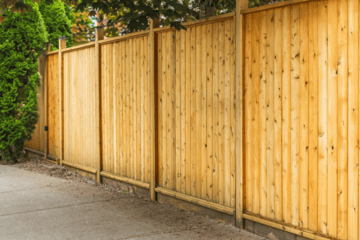Is subsidence insurance expensive?
The average annual cost of home insurance for homes with a history of subsidence is £621 with the average claim being around £14,4421.
The exact cost you pay to insure a property with subsidence varies depending on:
-
The type of building
-
How close trees are to the property
-
How close the property is to water
-
Location: Some areas, such as London and the south-east of England, are at greater risk of subsidence, and this could affect the cost of your insurance
The other factors that affect home insurance also apply, such as:
- The size of the property
- The property’s rebuild cost
- Your claims history
- Any optional additional cover you include
We’ll ask if your home has had subsidence in the past when you start to compare quotes. It often costs more to cover a home with subsidence, and you may also find fewer insurers will cover you.
If you claim for subsidence, your insurance costs are likely to go up when you renew your policy. For more information on the state of the home insurance industry, see our home insurance statistics report.
1Based on Confused.com data, Q4 2024
What causes subsidence?
Subsidence is caused by either too much or too little moisture in the soil beneath your home’s foundations. Too little moisture causes the ground to shrink beneath your property, and too much moisture can result in the earth underneath being washed away. Both can result in your property sinking.
Different factors can change the moisture balance and increase the chance of subsidence in a home, including:
Nearby trees and shrubs
Large trees and shrubs close to your home can suck up any moisture in the soil through their roots. This could cause the soil to dry up, crack, and sink
Leaking drains and burst pipes
Too much water in the soil around your home, from leaks or burst pipes, can cause it to wash away and sink
Mining
If your house is built over an old mine or near an old quarry, the ground beneath it could be structurally unsound. If you need to claim for coal mining damage, do that through the Coal Authority and not through your home insurance
Periods of intense weather
Flash flooding or summer droughts change the moisture levels in soil. According to ABI subsidence claims data, there were more than 18,000 claims for subsidence after the summer heatwave of 2022, with an average payout of £9,600 per claim
The age of your property
Subsidence is more common in Victorian and Edwardian houses as their foundations are shallower than the UK minimum of 1 metre required for modern houses. As such, they’re at greater risk of damage.
Clay
Subsidence is more common in areas with clay-rich soil, like much of south-east Britain, as clay is sensitive to moisture. This makes it expand when wet and contract when dry – not ideal with changeable British weather
What our home insurance expert says:
What are the signs of subsidence?
Cracks in the walls are one of the most common signs of subsidence.
Cracks caused by subsidence usually appear suddenly, often after hot, dry weather. They’re usually:
- Visible on both the outside and inside of the wall
- Found around doors and windows, or around a weak spot like where an extension meets the main property
- Diagonal
- Wider at the top
- Thicker than a 10p coin
Don't confuse subsidence cracks with other types of cracks, such as settlement cracks. Hairline cracks are generally not a cause for concern, but you should check out any crack that continues to grow.
Settlement cracks are common in new build houses under 10 years old, or after recent renovation work like a new extension. These are caused by the house settling into its foundations and naturally sinking down a little.
Other common signs of subsidence include:
- Doors and windows sticking for no obvious reason
- Rippling wallpaper that isn’t caused by damp or moisture
- Solid ground floors sloping or dipping where they didn’t before
If you spot any of these problems, let your home insurance provider know as soon as you can. They’ll likely arrange a survey to check subsidence is definitely the issue.







